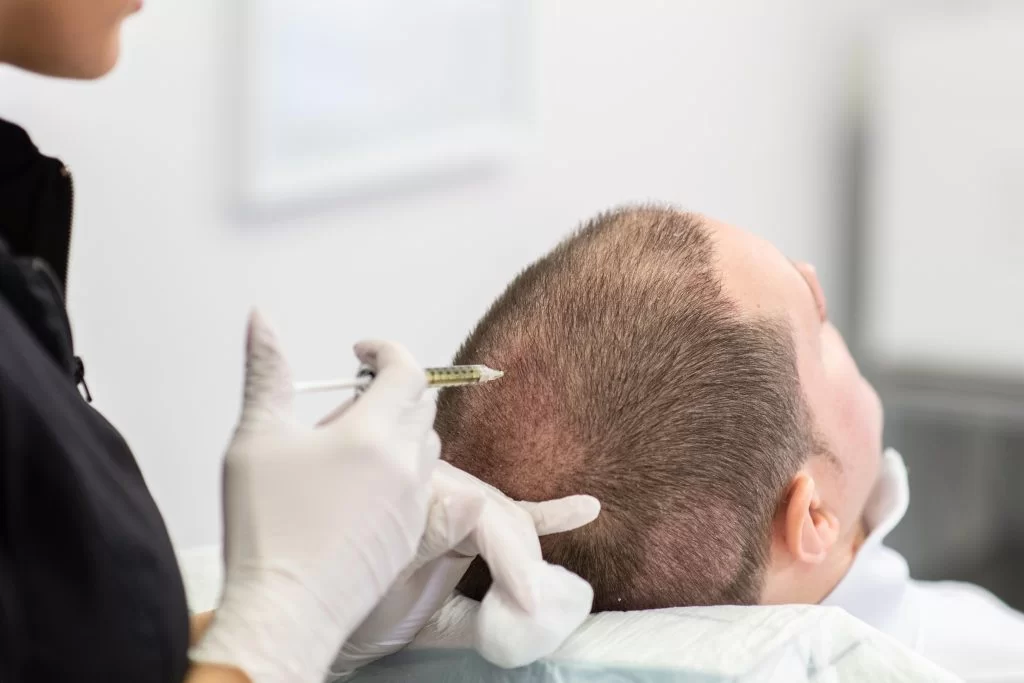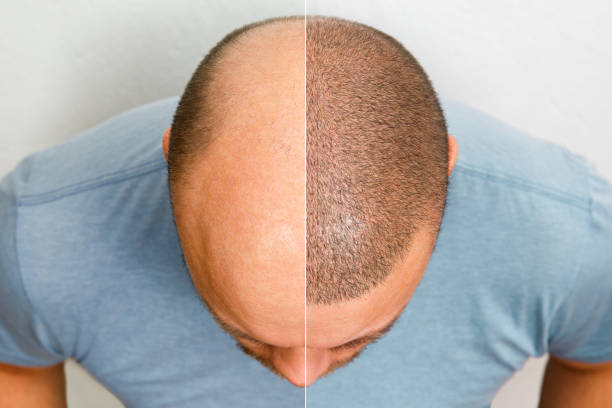Best Hair Transplant in Andheri – Hair loss is a growing concern for both men and women today. While once linked mainly to age or genetics, modern factors like stress, chronic diseases, unhealthy lifestyles, and poor diets have become major contributors.
This condition can have a profound impact on self-esteem, often causing emotional distress or depression. As it progresses, many individuals look for temporary solutions like cosmetic patches or wigs. For those seeking a lasting solution, hair transplants offer permanent results.
Understanding the Transplant Procedure
In a transplant, the surgeon removes a thin strip of skin from the back of the head, containing follicles. These are then divided into small grafts, each with 1 to 4 follicles. The surgeon implants these grafts into tiny incisions in balding areas of the scalp. The donor site is then closed with stitches.
There are two main transplant methods:
- Follicular Unit Extraction (FUE)
- Follicular Unit Transplantation (FUT)
Both deliver similar outcomes, though the techniques differ.
1. Initial Consultation
The process starts with a consultation where a specialist examines the scalp. The expert will inquire about the cause of the thinning. This step is vital, as not all cases are suitable for a transplant. Conditions like telogen effluvium or alopecia areata are not treatable with this method.
If you qualify for the procedure, the expert will calculate the number of grafts needed and discuss whether FUE or FUT is right for you.
2. FUT vs. FUE – Choosing the Right Option
FUE: In this method, individual follicles or small clusters, no larger than 1mm, are extracted from the donor area. The follicles are then placed in incisions made in the balding zones. FUE takes longer due to the individual extraction process, but it causes minimal scarring. This makes it ideal for individuals who prefer shorter hairstyles.
FUT: The surgeon removes a strip of skin from the donor area and divides it into small follicular units. These units are then inserted into incisions on the scalp. The donor site is stitched up afterward. FUT leaves more noticeable scarring but is faster, making it suitable for individuals with extensive thinning. The scars can easily be hidden with longer styles, making FUT a popular choice for women with pattern baldness.
FUE takes more time and is ideal for minimal scarring, while FUT is quicker and more affordable, especially for those with significant thinning.
For the best hair transplant in Andheri, Dr. Sagar Daiv offers expert consultations and personalized solutions. His proficiency in both FUE and FUT ensures natural, long-lasting results for every patient.
Ask ChatGPT
3. Hair Transplant Surgery
Regardless of which method is chosen, the hair transplant procedure typically lasts for a single day, depending on the number of grafts required. Your surgeon will mark and shave the donor area, then apply local anesthesia to numb your scalp and ensure comfort during the surgery.
If you’re seeking the best hair transplant in Andheri, Dr. Sagar Daiv is known for his expertise and commitment to providing high-quality hair restoration treatments. With years of experience, Dr. Sagar Daiv and his dedicated team offer tailored hair transplant solutions, ensuring natural-looking, long-lasting results for every patient.

In an FUT procedure, the surgeon makes a cut around the donor area, about 4-5mm deep, and carefully removes the skin layer that contains hair follicles using a sharp skin hook. The extracted strip is then divided into smaller follicular clusters for implantation.
For the FUE procedure, a small punch tool is used to extract follicular clusters directly from the scalp. These follicles are either immediately transplanted into the recipient area or stored in a sterile solution for later use. The punch size is typically small, around 0.9mm, to reduce the risk of triggering hair transplant trypophobia.
4. Post-Surgery Care
Once the surgery is completed, your surgeon will bandage your head to protect your scalp from infection and other complications. You’ll be advised to rest for several days, typically taking at least a week off from work. During this time, it’s essential to avoid strenuous activities. Additionally, you should refrain from washing or touching your hair for a few days to prevent disturbing the grafts and ensuring they stay intact. This rest period plays a vital role in the successful recovery of the transplant.

